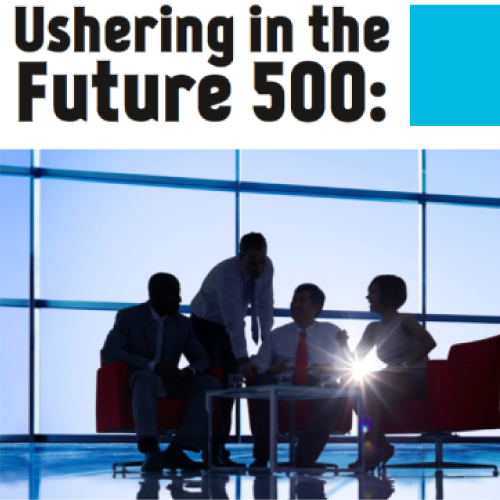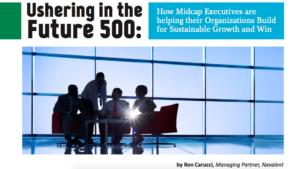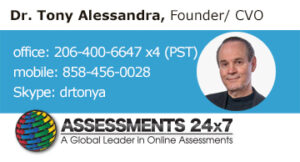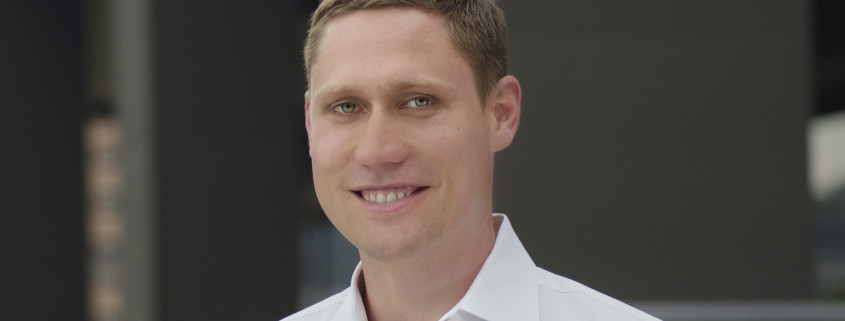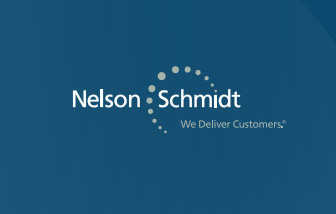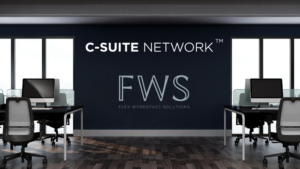
C-Suite Network™ Expands to Dallas and Announces Game-Changing Partnership with Flex Workspace Solutions
Partnership redefines the future of executive workspaces with access to marketing tools and a trusted network to propel business leadership success into the future
New York, NY – January 9, 2024 — The C-Suite Network™, the world’s most trusted network of C-Suite leaders, is announcing a strategic partnership with Flex Workspace Solutions that provides the Dallas-Fort Worth business community with networking opportunities and a collaborative environment. This ultimate live-work-play environment and cutting-edge workspace provider is committed to fostering innovation and collaboration, marking a significant step towards enhancing the professional environment for executives and entrepreneurs.
By combining vast resources and exclusive networking opportunities, this partnership aims to create a dynamic ecosystem that facilitates executive connectivity, collaboration, and growth. With community being at the epicenter of the C-Suite Network™, this creates a unique opportunity to collaborate with an entity that prides itself in being a critical part of the workplace of the future. This partnership is the perfect complement for the vision of the C-Suite Network™ — counsel, content, commerce, and of course, community.
The collaboration ushers in a revolutionary phase in this massive industry shift. As the workplace continues to transform itself and evolve to meet the demands of an ever-changing workforce, this partnership plays a critical role of high-level business executives and delivers the value that our partners, investors, and members have come to expect from the C-Suite Network™.
“No question that the nature of corporate and business space is changing and being driven by a number of factors. From startups to publicly-traded companies, everyone is moving to alternative workspaces and wanting more opportunities for collaboration, useful tools, and multiple options for their businesses and employees,” said Jeffrey Hayzlett, Chairman and Founder, C-Suite Network™. “Having world-class options with Flex Workspace Solutions, combined with a thriving business community, is the perfect scenario that elevates this high-end experience, worthy of our C-Suite community.”
Business is constantly evolving and it’s critical that organizations keep up that pace if they are to truly be successful.
“This partnership plays a critical role in the success of high-level business executives in delivering incredible value to our partners, investors, and members alike. The platform and reach of the C-Suite Network™, which now includes their C-Suite Marketing Cloud software, it’s a game-changer for any business. That level of expertise is unmatched and we couldn’t be more excited for this opportunity to continue scaling and exceeding the demands and needs of senior business leaders and executives,” said Mark Burge, president of Flex Workspace Solutions.
Having the right tools to be successful in the overly demanding business landscape is a critical component for any organization. This partnership will create opportunities for meaningful connections, shared insights and valuable relationships in a collaborative environment.
“This announcement in Dallas is the first of many. As a values-based community, partnering with Flex Workspace Solutions is the perfect opportunity to scale thriving business communities in the workspaces of the future, paving the way to see real outcomes and success that truly matters,” said Tricia Benn, CEO of the C-Suite Network™. “We’re all about creating environments where business leaders forge new relationships and synergies based on the power of great counsel, content, commerce and community. It’s always about delivering accelerated success and this partnership will facilitate those opportunities to create meaningful impact.”
Flex Workspace Solutions will play an integral role in multiple in-person events that the C-Suite Network™ will host during the upcoming year, such as the monthly executive mixers, executive fireside chats, and will serve as a stage for speakers who want to spread their message to an executive audience.
For more information, visit: https://www.flexworkspacesolutions.pro/
# # #
About C-Suite Network™
C-Suite Network™ is the world’s most trusted network of C-Suite leaders, with a focus on providing growth, development, and networking opportunities for business executives with titles of vice president and above. The C-Suite Network’s mission is to provide a peer community, networking events, relevant content, and services to support c-level executives and other entrepreneurs achieve professional success.
C-Suite Network™ offers invitation-only events as well as custom-tailored content through all its entities: C-Suite TV™, C-Suite Radio™, C-Suite Book Club™, and C-Suite Network Advisors™. Learn more at www.c-suitenetwork.com, or connect on LinkedIn, Twitter and Facebook.
About Flex Workspaces Solution
Flex Workspace Solutions (FWS) is the go-to partner for workspace operators, and landlords looking to achieve greater success with their existing or new flex office and coworking space.
FWS provides a wide range of services from fully managed options to sales boost services to consulting, to help promote and assist flex and coworking spaces. We assess every area of the business, determining which are strong and which need growth and support. From providing suitable office space, consultation for teams, strategic marketing plans, and more, our goal is to produce measurable results. We provide a vision and blueprint featuring the industry’s current innovations and customized solutions. With FWS, you’ll be able to leverage your team’s potential, optimize your revenue, productivity, and overall performance.
Learn more at www.flexworkspacesolutions.pro or email info@flexworkspacesolutions.pro to speak directly with a team member!

